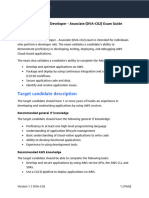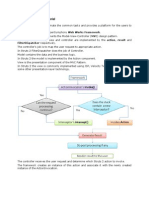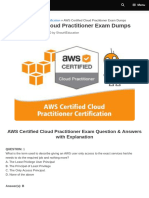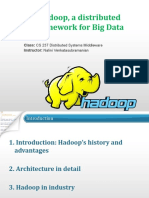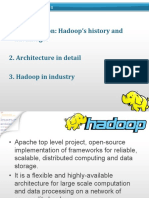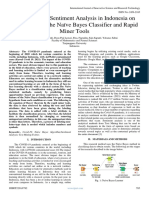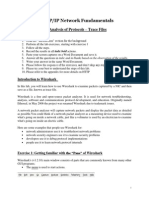0% found this document useful (0 votes)
157 views56 pagesL2 AWS Basics
Amazon EC2 is a cloud computing service that provides scalable computing capacity. It allows users to launch server instances that can be accessed via the internet. Instances are based on Amazon Machine Images (AMIs) which define the operating system and applications. Users can launch multiple instances of an AMI and pay by the hour for active servers. EC2 provides options for storage, networking, security, monitoring, and auto-scaling of instances to meet varying computing needs.
Uploaded by
hammad khanCopyright
© © All Rights Reserved
We take content rights seriously. If you suspect this is your content, claim it here.
Available Formats
Download as PDF, TXT or read online on Scribd
0% found this document useful (0 votes)
157 views56 pagesL2 AWS Basics
Amazon EC2 is a cloud computing service that provides scalable computing capacity. It allows users to launch server instances that can be accessed via the internet. Instances are based on Amazon Machine Images (AMIs) which define the operating system and applications. Users can launch multiple instances of an AMI and pay by the hour for active servers. EC2 provides options for storage, networking, security, monitoring, and auto-scaling of instances to meet varying computing needs.
Uploaded by
hammad khanCopyright
© © All Rights Reserved
We take content rights seriously. If you suspect this is your content, claim it here.
Available Formats
Download as PDF, TXT or read online on Scribd
/ 56







































